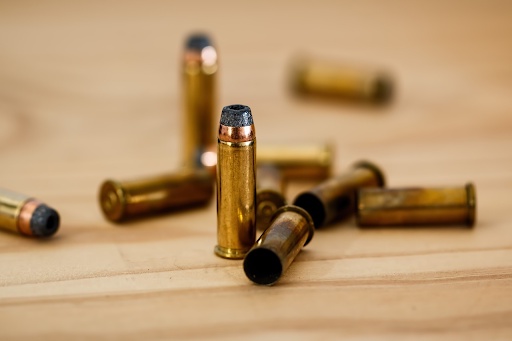With so many types of arms and ammunition available for hunting, choosing the correct bullet can be daunting. However, you can seek information from various sources like magazines, articles, and blogs or have conversations with other hunters and suppliers. Bullet technology has progressed dramatically over the years. They are much better today than before, with cartridges having adequate columns loaded with good-quality modern bullets. So if you want to purchase High Voltage armament for your game, here is a guide for choosing the right type of bullets for hunting.
Cup And Core
These bullets consist of copper tubes that contain a lead insert. When using these bullets, the velocities should be held at a moderate level since the high-impact velocities can induce core separation and disrupt the designed performance giving undesirable results. Some older designs explode so violently that the core separates and the bullets explode into pieces, thus arresting forward motion that may leave the vitals untouched and intact. Cup and core bullets are excellent for varmint hunting when the animal is smaller. The High Voltage armaments of this type also work well on big games, especially the newer ones. They are supremely accurate and also cheap.
Bonded
These bullets have a bonded core, meaning the body is attached to the jacket through a chemical bonding process. This ensures that the two components do not separate upon impact. Bonded bullets provide highly reliable performances since they can withstand high-impact velocities. They have the best design features, like polymer tips and boattail bases.
Mechanical Locker
Mechanical bullets have separate compartments, one at the base, which is filled with lead, and another at the front, designed to expand. However, the division between the two compartments prevents the bullet from over-expanding into the bottom portion. Some mechanical shots lose their front end, and everything left in the shank penetrates. Some of them also feature a bonded front end, enabling them to stay together despite expansion and lose very little mass or weight. These bullets work for a broad spectrum of games.
Monolithic
Monolithic bullets are made from solid copper or brass and tend to cost a little more since they are higher quality. They are precisely machined and accurate due to their precision concentricity. They feature petals designed to tear, open, and stay attached to the bullet shank. Monolithic bullets are of two types; one type is the commercially available bullet with an expanding, fracturing design. It is a tough bullet and is also called a fracturing bullet.
The other type of monolithic bullet is monolithic solids which offer an uncompromising straight-line penetrator. They are impervious to impact velocity or target hardness. They typically feature a flat nose that can track in a straight line and produce a wound channel larger than the bullet's diameter. These are the ultimate big game bullets.
Solid
Solid bullets are designed to withstand expansion under all circumstances. They consist of a steel jacket that toughens the exterior and a gilding metal covering the steel jacket that prevents the bullets from damaging the rifle barrels.
Cast
Revolver hunters popularly use cast lead bullets since their subdued velocities work better for the hunter than rifle velocities. These are cheaper alternatives that have varying hardness and nose profiles. Some cast bullets are designed to expand, while others are to penetrate. The material of these bullets prevents them from being overdriven if expected to perform as designed. The lead in the bullets tends to distort when it makes hard contact, thus compromising the design. However, it is suggested that cast bullets may not be reliable alternatives at higher speeds that rifle cartridges can attain.
Matching Proper Ammunition With Firearms
Matching proper ammunition with your firearm correctly can be difficult due to the variety of options available regarding firearms and the type of ammunition. However, no matter how difficult, getting it right is extremely crucial. Matching the wrong ammunition to your gun can cause injury, explosion, or even possibly kill yourself and the bystanders. Here is how you can match the right bullets with the right firearms.
- First of all, read the specific caliber or gauge destinations present on the side of the barrel. Make sure that the barrel stamp matches the designation. The shotgun barrel will also mention the gauge and length of the chamber.
- Then carefully read the information on the lid of the ammunition box and the headstamp of the ammunition. In the case of shotgun ammunition, ensure that you check both the gauge and the shell length to see whether it is a magnum load in order to ensure that it matches the data on the barrel.
- Then match the proper caliber of the cartridge or the gauge and length of the shotshell on the ammunition box and head stamp to the barrel stamp before you shoot with the gun.
To Conclude
These types of bullets are available from many manufacturers and in a wide range of calibers. Do not let this daunting task of choosing the right bullets overwhelm you. Instead, you can practice shooting from field positions since your marksmanship delivers excellent hunting performance.


No comments yet